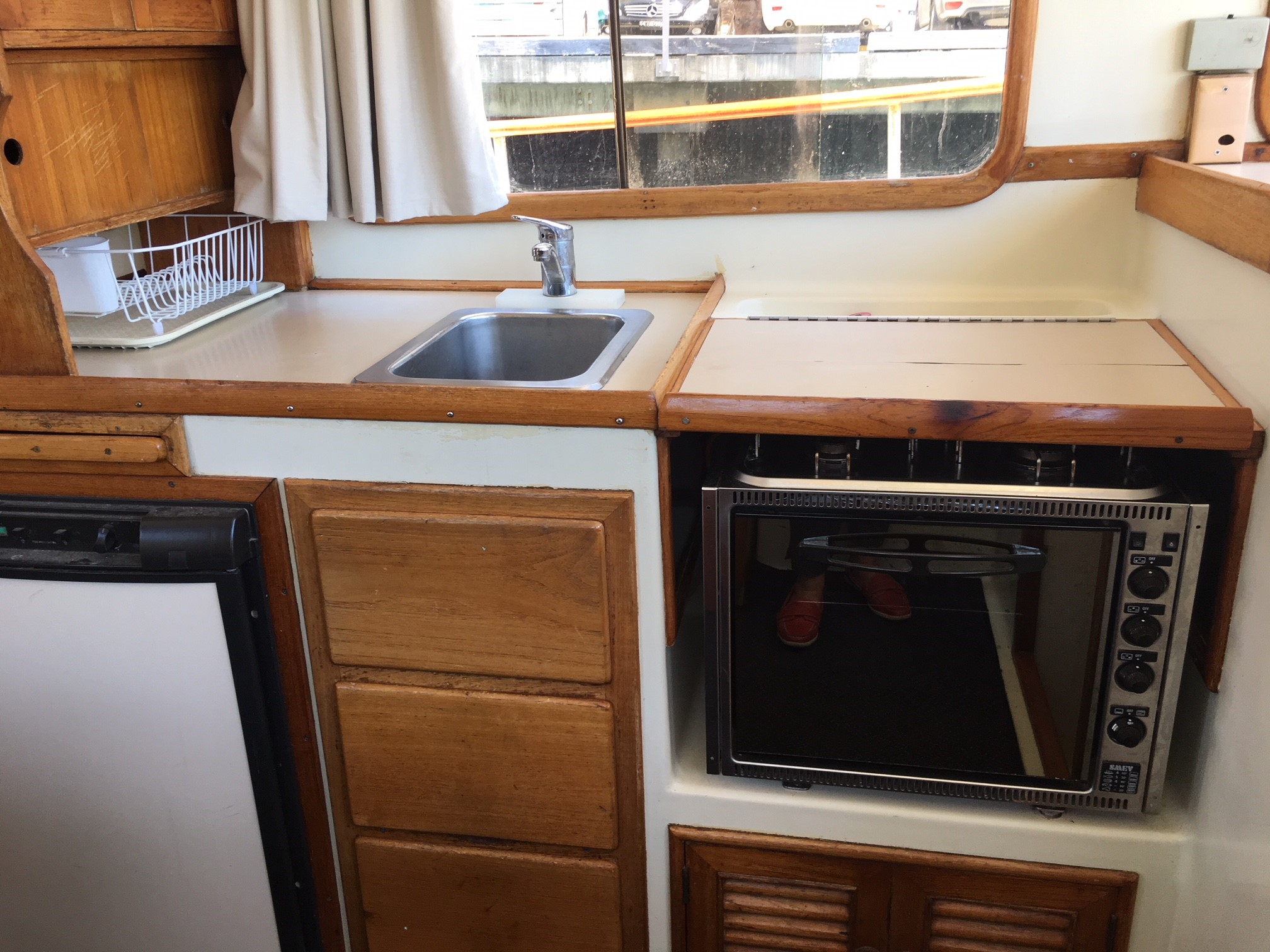Clipper 5 For Windows 7
Contents • • • • • • • • History [ ] Clipper was created by, a company that was started in 1984 by Barry ReBell (management) and Brian Russell (technical). In 1992, the company was sold to for 190 million dollars and the product was renamed to CA-Clipper.
Airties wus 300 125 mbps wireless usb adapter driver indir download. Airties WUS-300 125 Mbps Wireless USB Adapter Driver download, Airties WUS-300 125 Mbps Wireless USB Adapter Driver indir Rastgele Apache AWC-38DM Webcam. Arkadalar, ekten indirebilirsiniz Airties WUS 201 Windwos 7 64 bit driver'. Download the latest AirTies WUS 201 Wireless USB Adapter driver for your computer's operating system. All downloads available on this website have been scanned by the latest anti-virus software and are guaranteed to be virus and malware-free. Find All AirTies WUS 201 Wireless USB Adapter Drivers. WUS-201, WUS-300 Driver AirTies Source. Network Adapters - AirTies - WUS-201 Wireless USB Adapter Computer Driver Updates Device types / Network Adapters / AirTies / WUS-201 Wireless USB Adapter Driver Description.
As you are probably aware, Clipper apps being 16-bits cannot run on 64-bits Windows 7. For it to do so, it must be converted to 32-bits by using the Harbour or xHarbour. I had previously show how to do so in Migrating from CA-Clipper 5.2e to xHarbour (Part I), a 3-part series.
Clipper was created as a replacement for 's III, a very popular at the time. The advantage of Clipper over dBASE was that it could be and under as a.
In the years between 1985 and 1992 millions of Clipper applications were built, typically for small businesses dealing with databases concerning many aspects of. For many smaller businesses, having a Clipper application designed to their specific needs was their first experience with software development. Also a lot of applications for and were developed, here especially in those cases where the application was considered too small to be developed and run on traditional. In these environments Clipper also served as a for existing mainframe applications.
As the product matured, it remained a tool for many years, but added elements of the and, as well as, and the code-block (hybridizing the concepts of dBase, or -evaluation, and ), to become far more powerful than the original. Nantucket's Aspen project later matured into the native-code compiler. Decline [ ] Despite these efforts in the early nineties under its new ownership Clipper proved to be unable to make a smooth transition from the to the era. As a result, almost no new commercial applications were written in Clipper after 1995.
Three of the more important languages that took over from Clipper were, Microsoft Access,. Some existing Clipper applications continued in use for ten or fifteen years, requiring regular maintenance, but around 2015 the number of Clipper applications that were still used commercially on a daily basis was very small. Revival by third-parties [ ] The Clipper language is being actively implemented and extended by multiple organizations/vendors, like from Alaska Software and, as well as (-licensed) projects like. Many of the current implementations are portable (,, ( and ), (32- and 64-bit), and ), supporting many language extensions, and have greatly extended, as well as various Replaceable Database Drivers (RDD) supporting many popular database formats, like, DBTNTX, DBFCDX (, Apollo, Comix, and Advantage Database Server), MachSix (SIx Driver and Apollo),, and more.

These newer implementations all strive for full compatibility with the standard / syntax, while also offering OOP approaches and target-based syntax such as SQLExecute(). Usenet [ ] The Clipper are.
Compiling and running hello world program in clipper Programming in Clipper [ ] A simple - application:? 'Hello World!'
